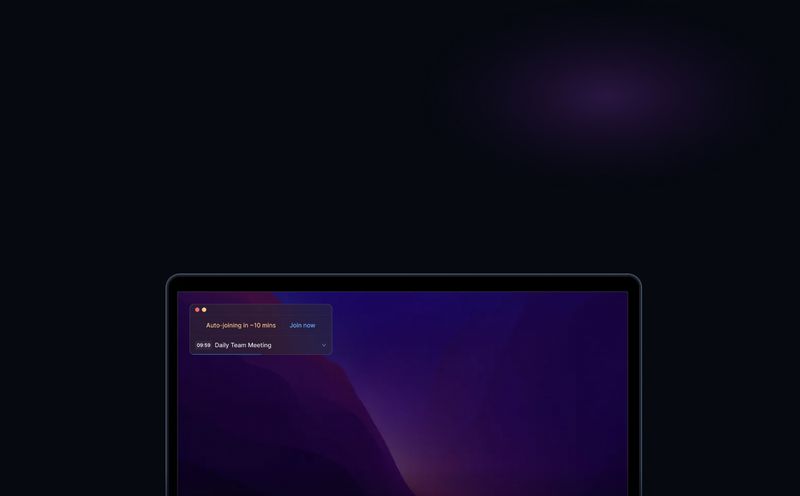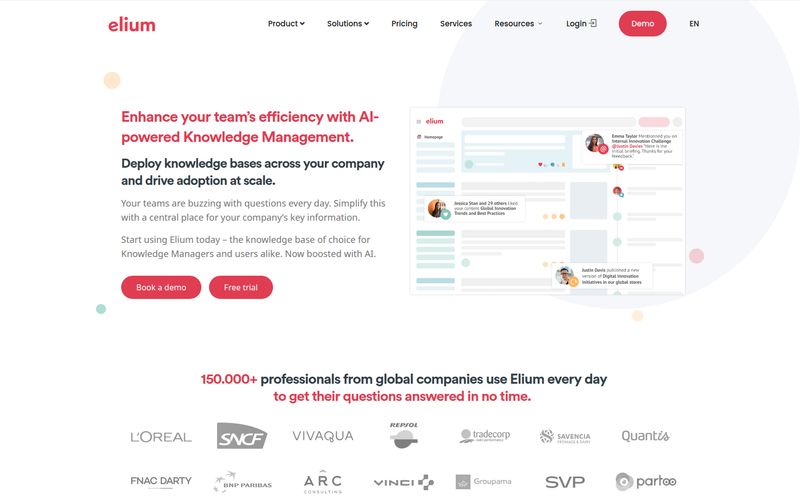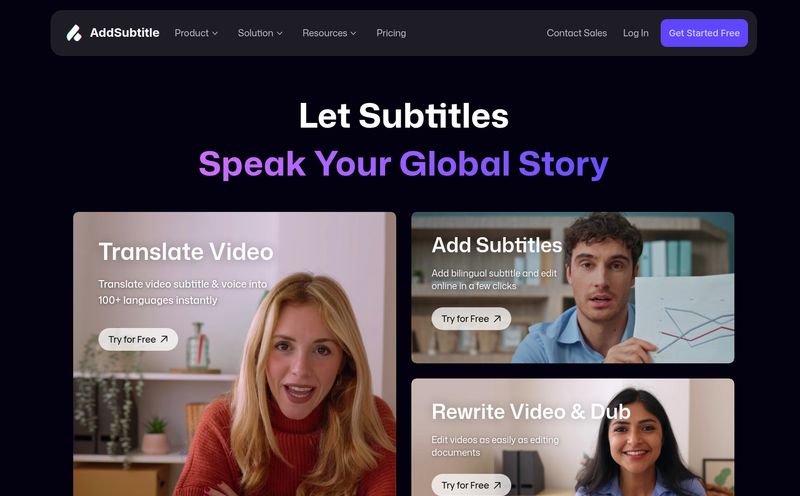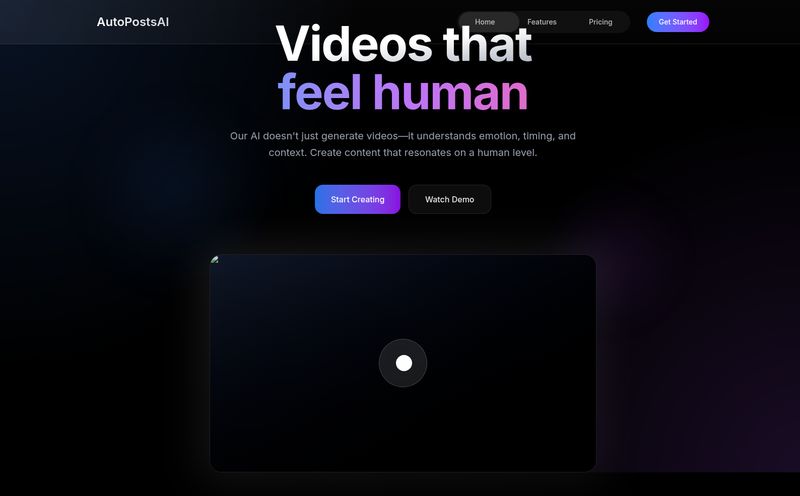Let’s have a little chat. You and me. How many hours of your life have you lost listening back to a recording, pausing, typing, rewinding, pausing again... trying to capture what was said? For me, as someone who lives and breathes content—podcasts, client interviews, video strategy sessions—that number is probably high enough to be embarrassing. It's the necessary evil of our industry, the digital equivalent of washing the dishes after a fantastic meal.
For years, AI transcription tools promised a glorious escape from this drudgery. And for years, they... kinda sucked. You'd get a wall of text that looked like it was translated from English to Klingon and back again, with punctuation thrown in by a toddler. You’d spend more time fixing the transcript than it would have taken to just type the thing out yourself. Frustrating, right?
But the tech world moves fast. Lately, I've been hearing whispers (pun intended, you'll see why) about a new generation of tools that actually work. So when I stumbled across a tool called TurboScribe, my curiosity got the better of my cynicism. I decided to put it through its paces with some real-world audio. And honestly, I'm a little bit stunned.
So, What's the Big Deal with TurboScribe?
At its core, TurboScribe is an AI service that does one thing: it turns your audio and video files into text. Simple. But the magic is in how it does it. It's powered by OpenAI's Whisper technology, which is the current heavyweight champion of speech recognition. This isn't your grandpa's Dragon NaturallySpeaking. This is the new school.
It promises to transcribe in over 98 languages, identify different speakers, and even translate content on the fly. It's not just a transcriber; it's more like a multilingual communications assistant you didn't know you needed.
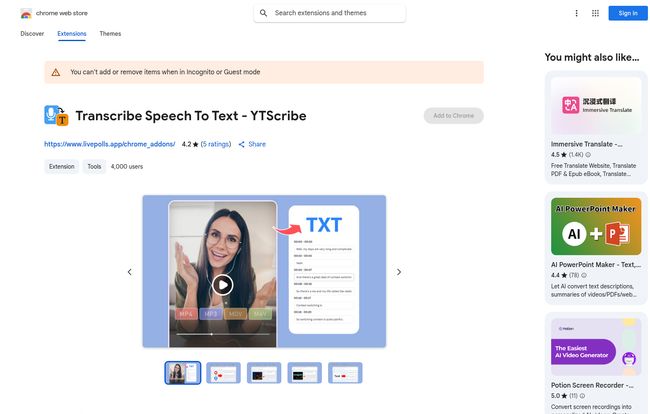
Visit TurboScribe
The Features That Genuinely Impressed Me
A long feature list is great for a marketing page, but what actually matters in day-to-day use? Here’s what stood out to me after kicking the tires.
Mind-Blowing Accuracy and Blazing Speed
TurboScribe claims 99.8% accuracy. Let's be real, any time I see a number that high, my BS-detector starts twitching. But in this case… it's spookily close to the truth. I fed it a 30-minute interview I recorded over Zoom, complete with a bit of background noise and some crosstalk. The result was shockingly clean. It correctly capitalized brand names I mentioned and handled most of my ums and ahs gracefully. It’s not perfect—no AI is—but the amount of cleanup I had to do was minimal. A quick five-minute proofread versus an hour of typing? I’ll take that trade any day of teh week.
And the speed. Oh, the speed. I uploaded the file, went to grab a coffee, and it was done before the kettle even boiled. It felt less like a processing task and more like a magic trick.
A Multilingual Mastermind
This is a big one. The ability to handle 98+ languages isn't just a gimmick. I work with clients across Europe, and being able to throw a meeting recorded in Spanish or French at this thing and get a coherent English transcript is a game-changer. It breaks down language barriers for content and collaboration. The built-in translation is a fantastic touch, making global content more accessible without needing a separate, expensive service.
It Knows Who's Talking (Mostly)
The speaker recognition feature is another killer app. It identifies and labels different speakers in the transcript, like `Speaker 1:` and `Speaker 2:`. For transcribing interviews, focus groups, or podcasts, this is non-negotiable. It saves you the headache of trying to remember who said what. Now, it did get tripped up once or twice when two people spoke over each other, but correcting it was as simple as a find-and-replace. Still a massive time-saver.
More Than Just a TXT File
I love that TurboScribe doesn't just dump a plain text file on you and call it a day. You can export your transcripts as PDFs, Microsoft Word files (DOCX), and—this is huge for my fellow video creators—SRT files for subtitles. Being able to go from raw video to accurate, timed captions in minutes is just… chef’s kiss. There's even an audio restoration tool for cleaning up poor-quality recordings, though they note it takes a bit of extra time to work its magic.
Putting it to the Test: My Real-World Experience
To really see what it was made of, I threw my messiest file at it: a recording of a brainstorming session from a noisy café. The audio was terrible. People were talking over each other. The barista was grinding beans in the background. It was a worst-case scenario.
The standard transcription was decent, but it definitely struggled with the background noise. So I ticked the 'Audio Restoration' box and ran it again. The difference was night and day. It filtered out a surprising amount of the clatter and produced a transcript that was 95% usable. I still had to make a few edits where the AI got confused, but it turned an unusable recording into valuable notes. I'm sold.
The Good, The Bad, and The Price Tag
No tool is perfect. Let's break it down, no sugar-coating.
What I Absolutely Loved
The sheer accuracy and speed are the top reasons to even consider this tool. The unlimited transcription on the paid plan is also a massive draw. As a heavy user, I hate watching a credit counter tick down. Here, you just pay a flat fee and go nuts. The wide language support and multiple export formats, especially SRT, make it an incredibly versatile workhorse for almost any content-related task.
Some Room for Improvement
The free plan is quite limited. You get 3 transcripts per day with a 30-minute max upload. It's enough for a test drive but not for regular work. Speaker recognition, while good, isn't flawless, and accuracy can vary a bit with strong accents or niche terminolgy. It's a fantastic AI assistant, but it's not (yet) a replacement for a human eye for that final 1% polish.
Let's Talk About the Cost
Pricing is always the million-dollar question, isn't it? TurboScribe keeps it refreshingly simple.
- TurboScribe Free: This gets you 3 transcripts per day (up to 30 mins each). Great for tasting what it can do.
- TurboScribe Unlimited: This is where the real power is. For $10/month (if you pay for a year upfront) or $20/month (if you pay monthly), you get everything. Unlimited transcriptions, 10-hour file uploads, all the features, and top priority in the processing queue.
When you compare that cost to the hours you save or the price of a human transcription service (which can be $1-2 per minute), the value proposition is just insane. The yearly plan basically pays for itself after transcribing just one or two hours of audio.
So, Who Is This For?
Honestly, almost anyone who works with spoken words. Podcasters and YouTubers? It’s a no-brainer for show notes and subtitles. Journalists and Researchers? Transcribe your interviews in a fraction of the time. Students? Turn your two-hour lectures into searchable study guides. Marketers and Business Professionals? Get accurate notes from every meeting, webinar, and client call. It's one of those rare tools that has an immediate, tangible impact on your productivity.
The Final Verdict: Is TurboScribe a Must-Have?
After years of being let down by mediocre transcription AI, I can say with confidence that we've turned a corner. TurboScribe isn't just 'good enough'; it's genuinely excellent. It's fast, incredibly accurate, and packed with features that solve real-world problems for content creators and professionals.
It has already saved me hours of tedious work, and it's quickly become an indispensable part of my workflow. If you value your time—and I know you do—then giving TurboScribe a shot isn't just a recommendation. It's a public service announcement.
Frequently Asked Questions
- How accurate is TurboScribe really?
- It claims up to 99.8% accuracy, and based on my tests with clear audio, it's very close. For messy audio with background noise or heavy accents, you should still expect to do a quick proofread, but it's far more accurate than older AI tools.
- Can TurboScribe handle interviews with multiple people?
- Yes! Its speaker recognition feature automatically identifies and labels different speakers in the transcript, which is a massive help for interviews, meetings, and podcasts.
- What file formats can I use?
- You can upload most common audio and video files (like MP3, WAV, MP4, MOV). You can then export the finished transcript as a PDF, DOCX (for Microsoft Word), TXT, or SRT (for video captions).
- Is there a free trial for TurboScribe?
- There's a permanent free plan that allows you to transcribe 3 files per day, with each file being up to 30 minutes long. It's a great way to test its capabilities before committing to a paid plan.
- How does TurboScribe compare to other transcription services like Otter.ai or Descript?
- TurboScribe's main competitive advantages are its high accuracy (powered by Whisper), its simple and generous 'unlimited' pricing model, and its support for a vast number of languages. While other tools may offer more complex audio/video editing features, TurboScribe excels at its core mission: providing fast, accurate, and affordable transcription.
